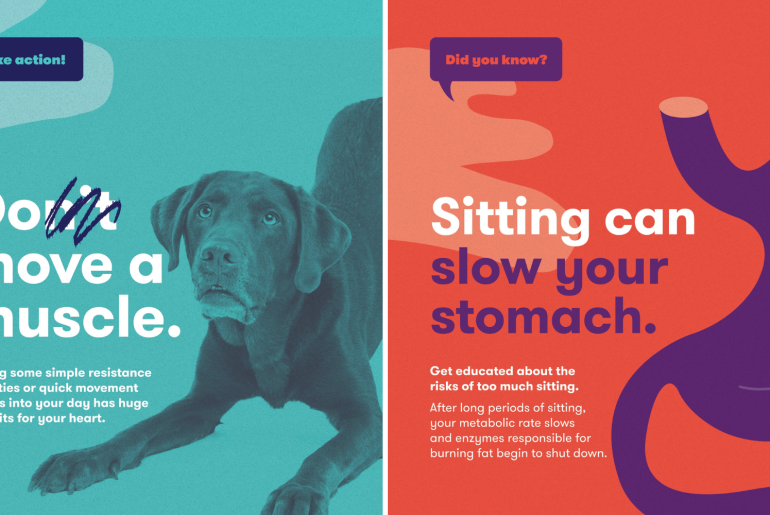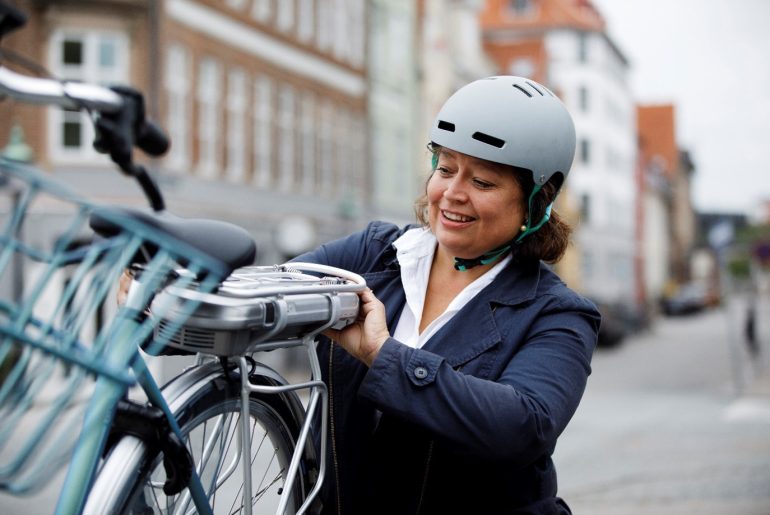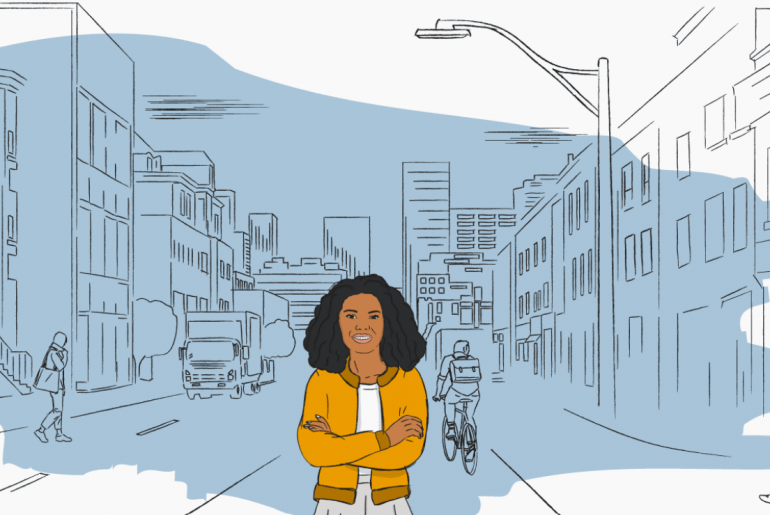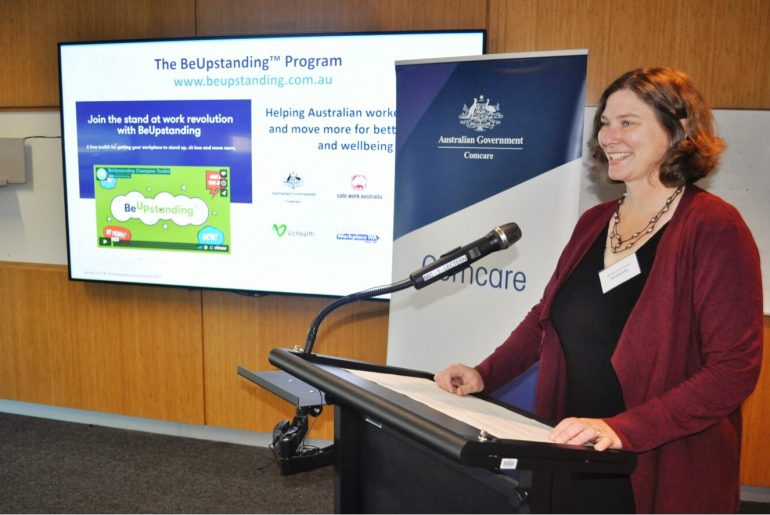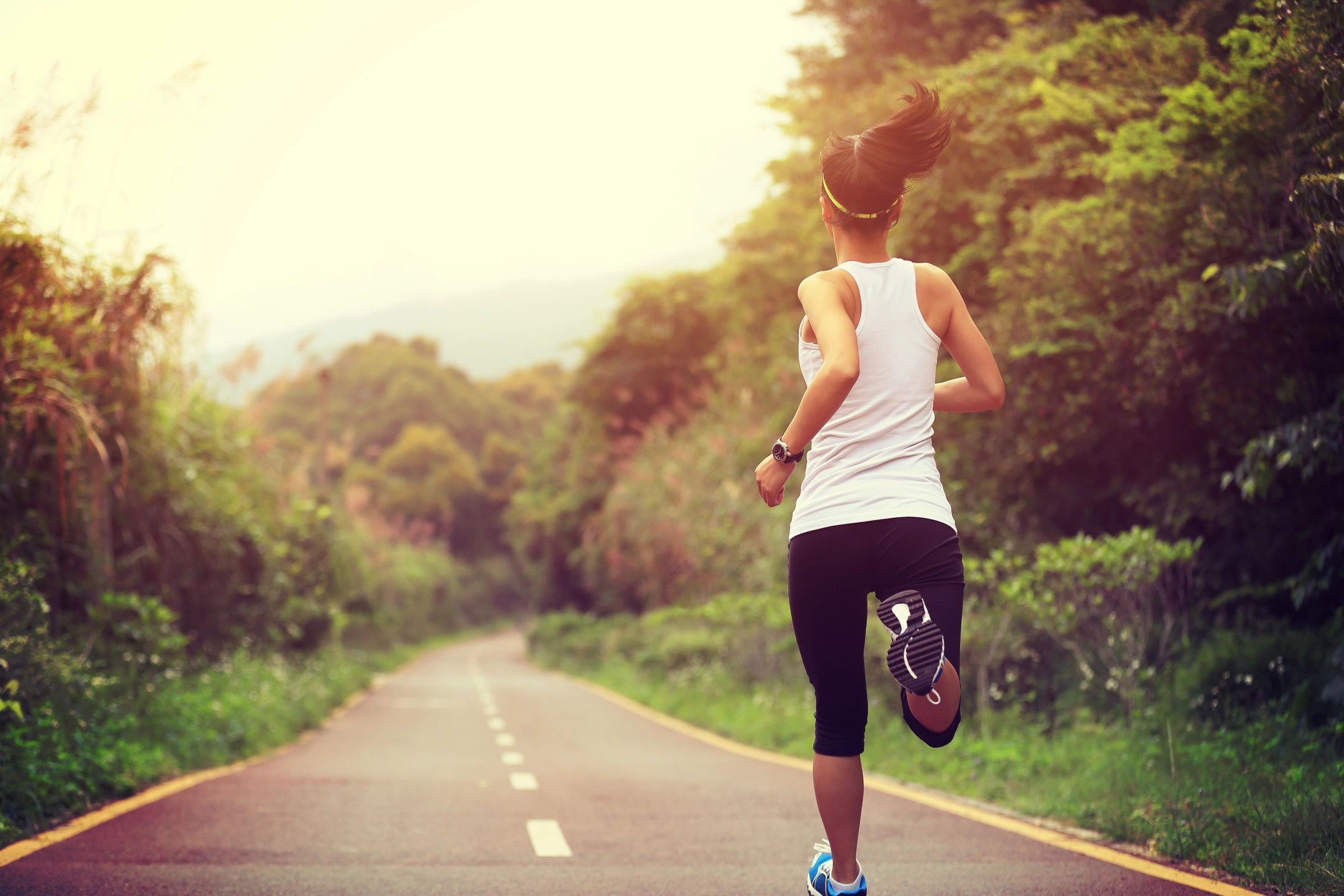Feeling foggy? You’re not alone. When we sit for too long, our blood flow and metabolism slow down. This means less oxygen is supplied to our brain and we can feel fatigued and sluggish. So why not jump up and start feeling more focused and less tired? That’s exactly what the BeUpstanding intervention is all about, especially during weeks 2 and 5, where the focus is on education and empowerment. These crucial weeks centre around the risks of prolonged sitting and the benefits of standing and moving more. But this isn’t just about throwing facts at you—it’s about strategically targeting the barriers and facilitators of behaviour change, as recommended by the Behaviour Change Wheel (BCW). Let’s break down how this messaging works through the lens of the Capacity, Opportunity. Motivation (COM-B) model and the Theoretical Domains Framework (TDF). These frameworks have been explored in more detail on our previous blog post. Capability Understanding the risks associated with sitting too much and the benefits of being more active is one of the biggest barriers for people to sit less and stand more. Weeks 2 and 5 of the BeUpstanding intervention address this by enhancing psychological capability, with a focus on the…
![]()

